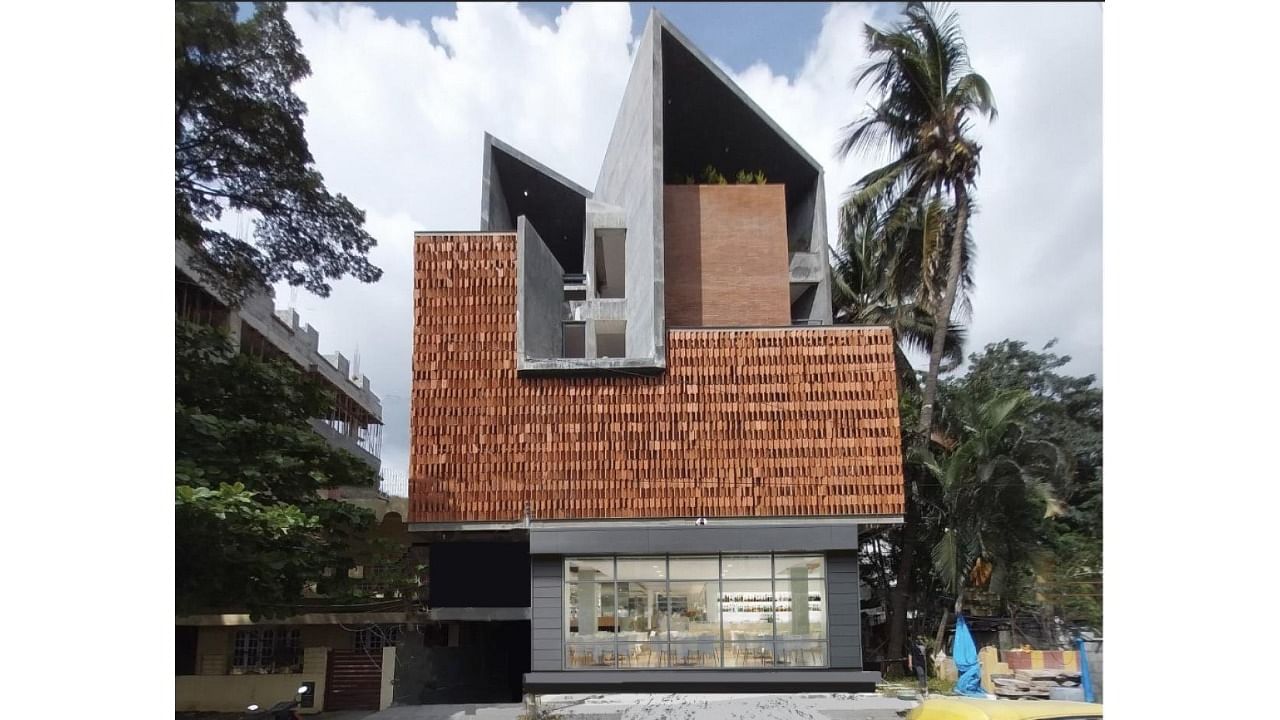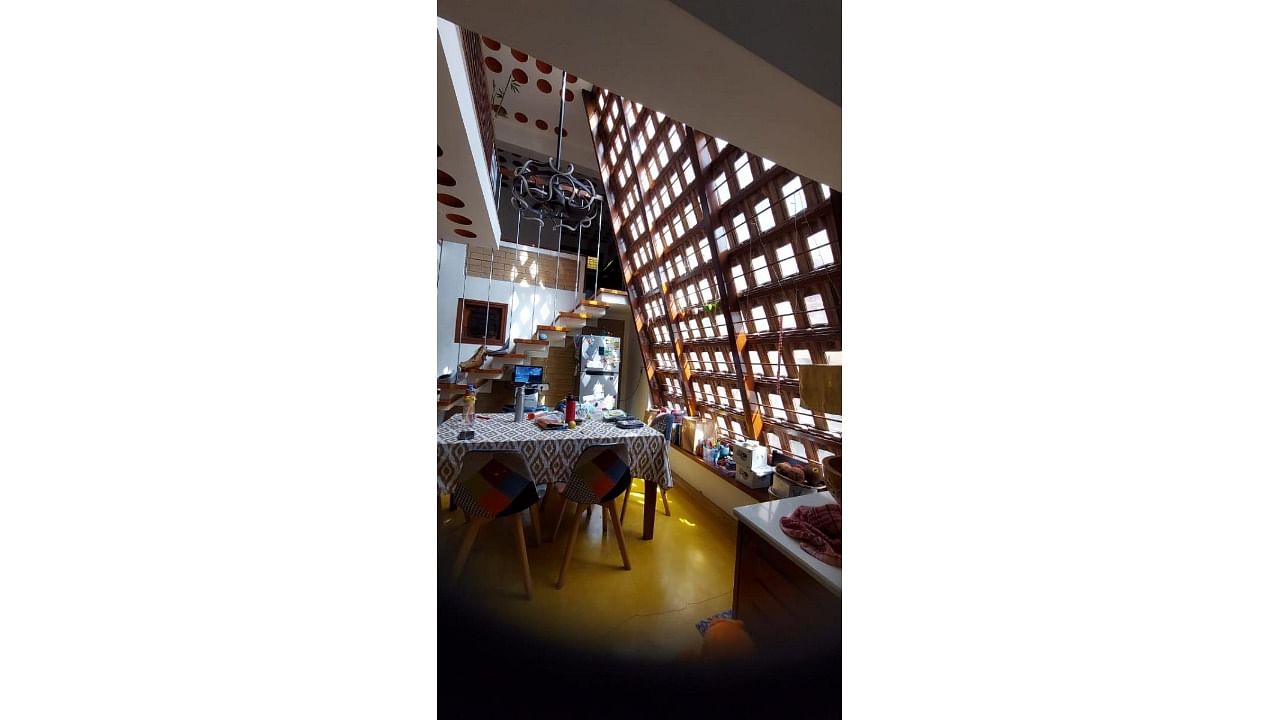

With temperatures rising significantly during summer and the city receiving intense rainfall in short durations, climate change is hitting Bengaluru hard.
If you were thinking that the situation is bad, it could only get worse, experts say.
“In the 1900s, peak Bengaluru summer temperature stood at 19 degrees Celsius. Over the years, it has gone up to 40 degrees centigrade. It is evident that we are moving towards the worst. Also, irregular rain patterns and intense rains in short durations are going to continue and this proves that we are heading towards a disaster,” said Professor T V Ramachandra of the Indian Institute of Science (IISc).
With such startling changes, there is a need to move towards energy-efficient and climate-responsive architecture to prevent further damage and undo what has gone wrong, city-based architects said.
The awareness among people is now high and hence, the response from citizens has been good with more and more people willing to design and construct houses in an environment-friendly and climate-responsive manner.
“The number of queries for and projects being designed in a climate-responsive manner in the city have gone up significantly over the last six years. While many of those taking up new constructions are inclined towards climate-responsive architecture, many house owners approach us to take up climate-responsive renovations to existing buildings,” said Gouthama, founder and principal architect at Mud Hands, Earth Architecture.
Feel factor
People are moving from visual experiences to enjoying the feel of the buildings. Hence, climate-responsive designs now play a major role, he added.
Bengaluru is witnessing what is termed the urban heat island phenomenon and this calls for immediate action, Ramachandra said.
Rising heat levels are among the major concerns people expressed, many of the architects said.
Intense levels of heat, air pollution issues and soundproofing were among major issues reported in city.
The use of natural materials during construction could both bring down the effects of climate change on buildings and reduce pollution during construction, said Neelam Manjunath, architect, planner and proprietor of Manasaram Architects.
“The construction industry is one of the major contributors to pollution. Use of bamboo, mud, stones and other natural materials will not only bring down emission levels during construction, but also make buildings green and energy-efficient,” she said.
Minor changes
Gouthama explained that minor interventions such as changing window sizes or type of glass could go a long way in cutting off unnecessary heat in the house.
“Understanding material science plays a crucial role in designing climate-responsive architecture. Placement of doors and windows, choosing the right material for them, and designing their orientation can make drastic differences,” he said.
While there is a need to shift to such designs, it could also be challenging, the architects said.
Taking stakeholders along
“It is important to get all stakeholders to work collectively. From architects to engineers to developers, all of them need to move towards implementing climate-responsive architecture,” said Neelam.
Gouthama said bringing the community together is one of the major challenges on the ground.
“There are apartment complexes and communities where all of them should approve such designs. Also, while there are numerous experiments globally, implementing them here to match local culture can be challenging,” he said.
He said identifying and using locally available resources is important.
Policy interventions
Neelam said policy-level interventions could give a push to the industry. “Use of bamboo and natural materials can be included in the national building code, providing a much-needed push towards sustainable buildings. Also, government buildings can be built in a sustainable manner to set an example,” she said.